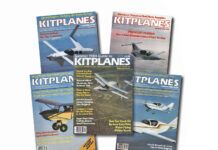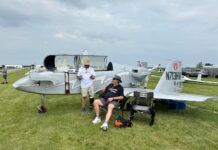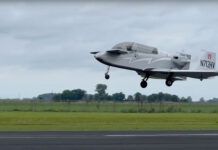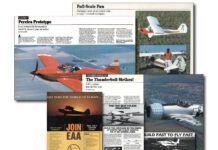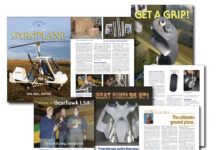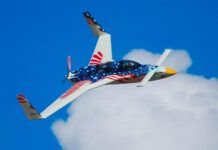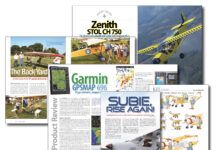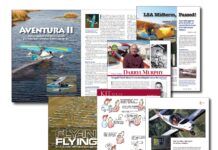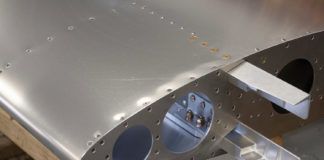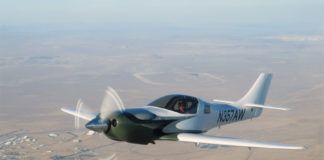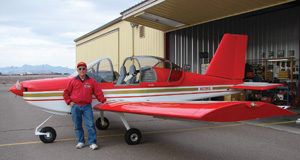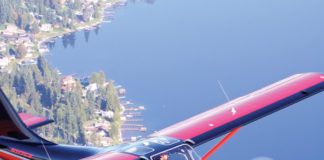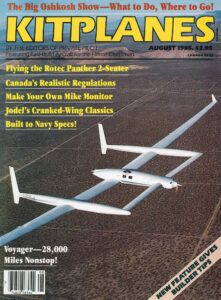
The amazing Rutan Voyager was on the cover of our August 1985 issue. If you know your dates, you appreciate that ours was a technical preview article, since the actual Voyager flight didn’t begin until December 1986. It landed nine days later having flown unrefueled for more than 26,000 miles at an average altitude of 11,000 feet. Dick Rutan and Jeana Yeager completed the flight in the extremely purpose-built (and none too comfortable) twin-engine canard that was, in essence, a flying fuel farm. Its gross weight for the round-the-world flight was nearly four times its empty weight.
Inside the issue, O. Thompson Rhodes points out that designer Burt Rutan considered several factors in the design—appreciating that Louis Breguet’s formula for predicting aircraft range was still viable 50 years after the Frenchman published it—but the canard was not the first. In fact, Rutan first considered a flying wing. “He was able to come up with very nice values for L/D [lift over drag] and weight ratios, but ran into a problem: Toward the end of the flight, forward speed would be so slow and the structure so elastic that he would be driven backwards by even the slightest headwind,” explained Rhodes as he described Rutan’s thought process. So Rutan moved on to a canard. Rhodes mentions the pilot accommodations near the end of the story. “The author is not a pilot, but he is definitely not impressed with the claustrophobic quarters allotted the crew of two. On the other hand, that fuselage is almost completely filled up with engine and fuel, to say nothing of the space required to allow wing and canard spars to pass through.”
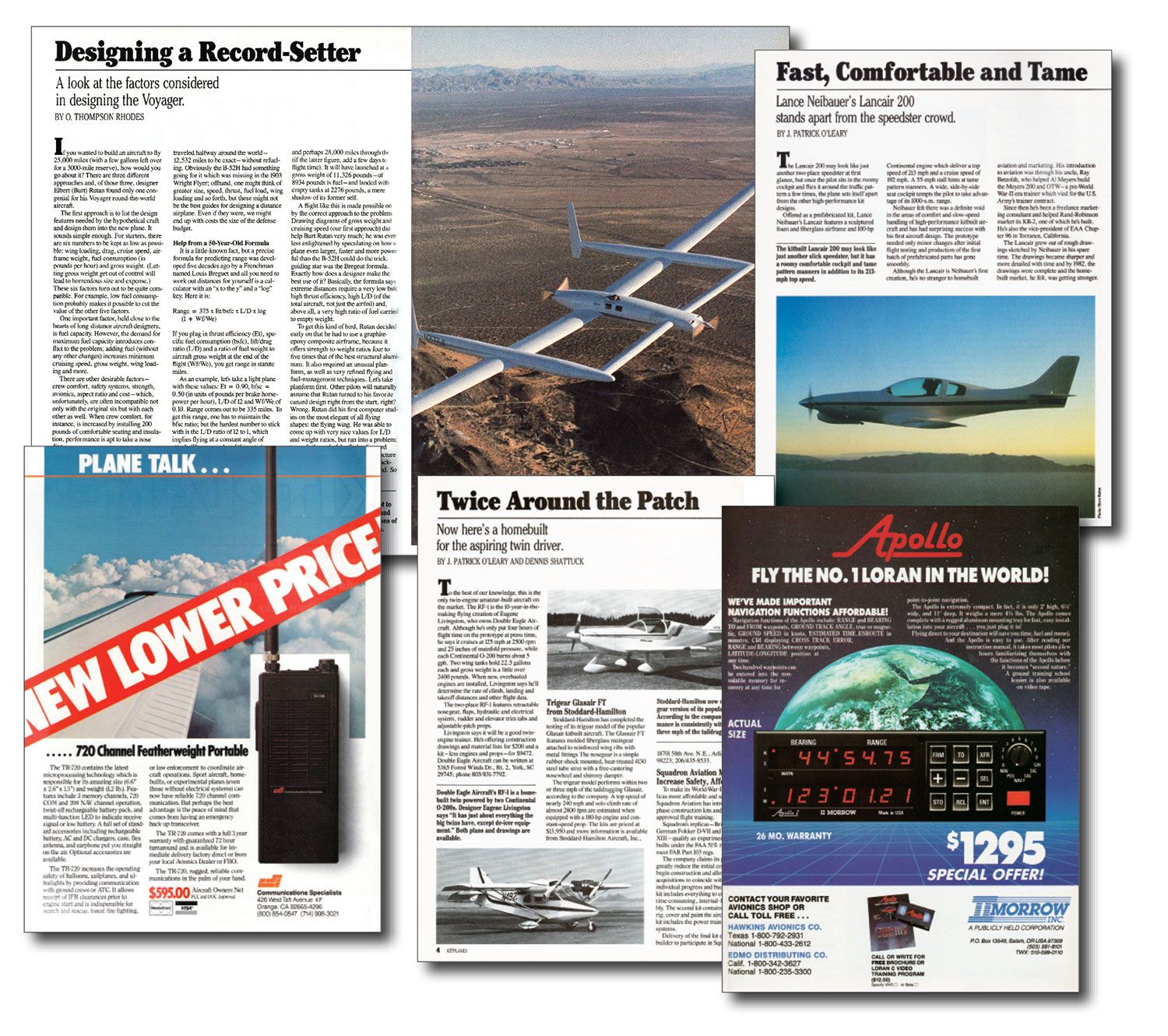
Howard Levy reported on Terry Miller’s TM-5, a tandem two-seater designed around a small Lycoming or Continental and built to be “Navy tough.” The all-aluminum airplane was intended to have removable wings for storage and was supposedly tested to Naval standards for aircraft handling. Claimed cruise speed was 140 mph with the larger Continental O-200. Gross weight was listed as 1383 pounds, with an empty weight of 899 pounds.
Geoffrey Jones had a nice write-up of the Jodel homebuilts, notable for their “cranked wing” architecture. (The straight center section is easy to build, the angled-up wingtips provide some stabilizing dihedral effect.)
On the electronics front, we highlighted a new low-cost handheld com from STS; it would become quite the player in the late 1980s, though we also had a full-page (color!) ad from Communication Specialists for its 720-channel handheld com. It was listed for $595, or more than $1500 in today’s money; makes the Sporty’s $229 PJ2 handheld seem like a screaming deal, right? Avionics company II Morrow had a special offer on its Apollo I loran, yours for only $1295. You could save a bundle on database updates, though, since…um…it didn’t have one. Enter up to 200 waypoints by hand using latitude and longitude. Double-check your typing, please.
The beginnings of what would become a decades-long rivalry appeared innocently enough in this issue. We had a preview of a sleek composite speedster with a wasp-waisted body, retractable gear and a ferocious Continental O-200 up front. With a claimed cruise speed of 192 mph, this molded-composite kit seemed a bit disruptive. It was…since this was the Lancair 200.
While we offered Lance Neibauer and the Lancair four black-and-white pages, there were just a couple of paragraphs up front revealing the latest Glasair, the FT. Because many more FTs were eventually built than TDs (taildraggers), it’s easy to forget the conventional-gear model came first. Glasair said the tri-gear model was within a couple of mph of the taildragger, with a top speed of 240 mph (um, hum) on 180 hp. Stoddard-Hamilton was already at work on larger, more powerful versions, but it’s hard to know if they read the Lancair blurb and wondered what the future might bring.


